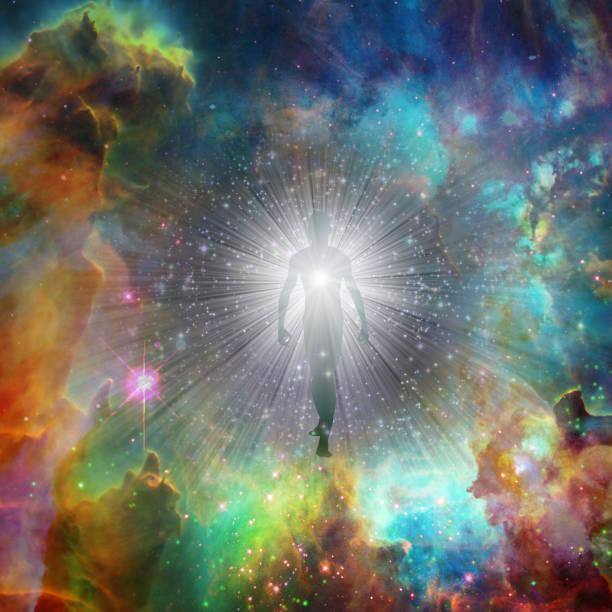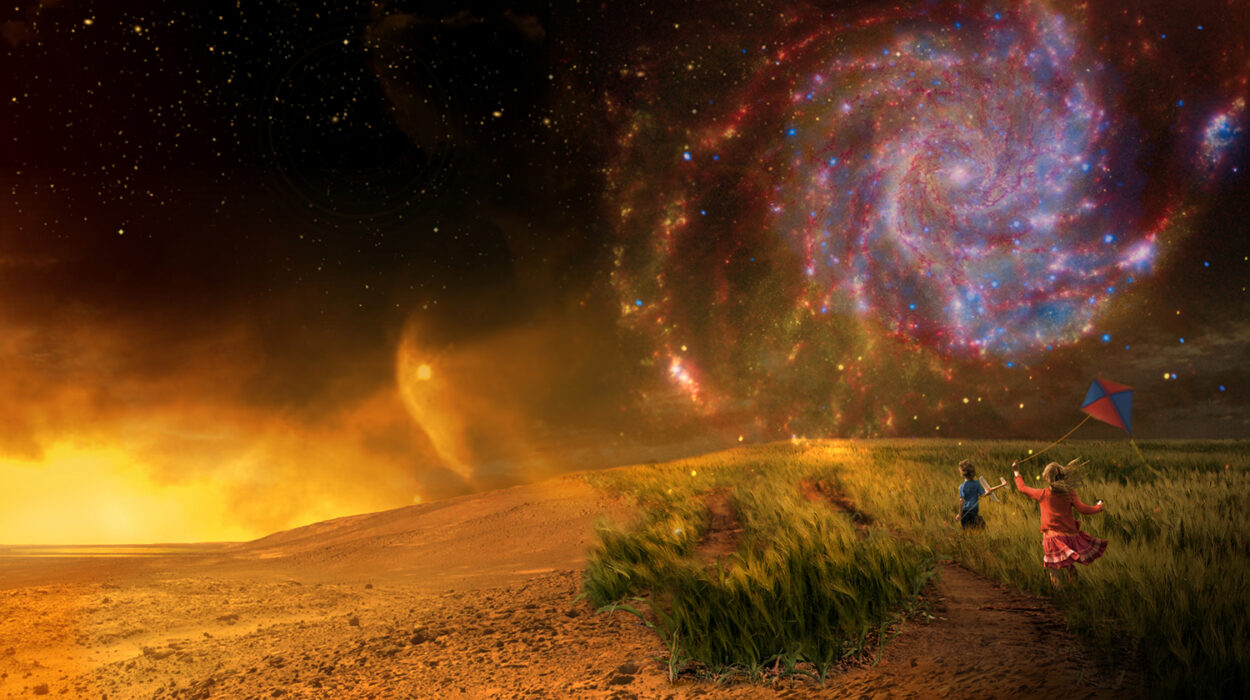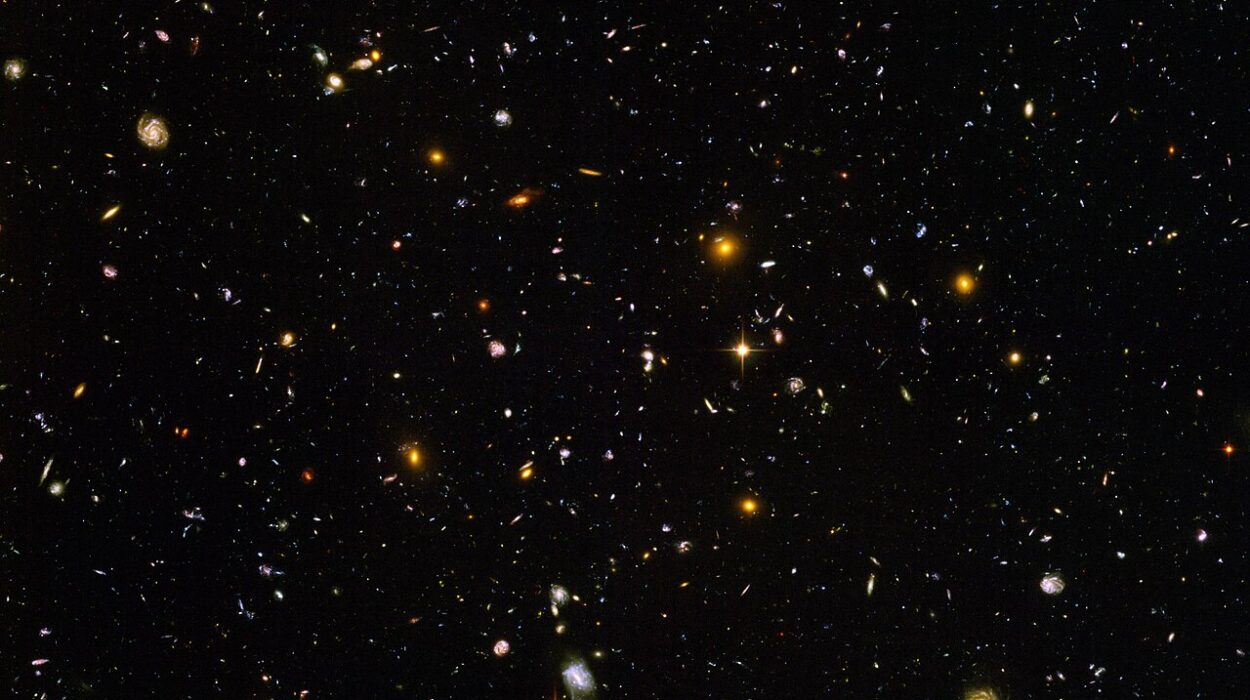Since the dawn of consciousness, human beings have stood at the edge of mortality and wondered what, if anything, lies beyond. Death is the most universal of experiences, the final certainty in a life otherwise filled with unpredictable turns. And yet, despite its inevitability, it is also the greatest mystery. Cultures across time have crafted myths, religions, and philosophies to answer the question: Is there life after death? The answers range from visions of eternal heavens and reincarnated souls to the stark silence of nothingness. But in an age shaped by science, the question takes on a new urgency. Can evidence, reason, and experiment reveal whether death is an ending or a transition?
To explore this, we must weave together threads from neuroscience, physics, philosophy, and even the frontiers of consciousness research. We must also acknowledge the deeply emotional pull of the question, for belief in an afterlife is never merely intellectual. It touches grief, hope, fear, and the profound desire to remain connected to those we love. To ask if there is life after death is to ask about the very meaning of life itself.
The Biological Reality of Death
From a scientific standpoint, death begins as a biological event. The heart stops beating, blood ceases to flow, and oxygen no longer reaches the brain. Within minutes, brain cells begin to die, leading to the irreversible breakdown of neural networks that sustain consciousness. In medical terms, this is the moment of clinical death. Unless intervention occurs—such as resuscitation through CPR or defibrillation—the body enters a cascade of processes that mark the end of biological life.
Science has made extraordinary progress in mapping these processes. Neuroscientists can now observe the brain’s electrical activity as it shuts down, noting that in some cases, bursts of coordinated brain waves appear even in the final moments, almost as if the dying brain briefly lights up before fading into silence. But as precise as this picture is, it does not answer the deeper question. For while biology explains how death happens, it cannot say whether consciousness—the subjective experience of being alive—ceases or continues in some other form.
Consciousness and Its Mysteries
The heart of the debate about life after death lies in the enigma of consciousness. What is the “self” that perceives the world, forms memories, and feels emotions? Most neuroscientists argue that consciousness emerges from the brain’s physical processes. Billions of neurons firing in intricate patterns create the subjective experience of awareness, just as pixels on a screen create an image. From this perspective, when the brain stops, consciousness should vanish as surely as a blown-out candle.
Yet this view is not universally accepted. Some philosophers and physicists argue that consciousness may not be reducible to matter. Quantum theories of mind, though controversial, suggest that awareness might be a fundamental property of the universe, woven into the fabric of reality like space and time. If consciousness is not entirely tied to the brain, then death might not extinguish it but transform it.
This tension between materialist and non-materialist views has fueled centuries of debate. Science is adept at describing how the brain functions, but it struggles to explain why subjective experience exists at all. This puzzle—often called the “hard problem of consciousness”—leaves open the possibility that death does not erase awareness but shifts it into dimensions we cannot yet perceive.
Near-Death Experiences: Glimpses Beyond the Veil?
Perhaps the most provocative evidence in discussions of life after death comes from near-death experiences (NDEs). Across cultures, people who have come close to dying report remarkably similar visions: traveling through tunnels, encountering bright lights, feeling profound peace, or meeting deceased loved ones. These accounts are striking for their consistency and emotional intensity. Many who undergo NDEs return with a transformed perspective on life, convinced that death is not an end but a passage.
Science has sought to explain NDEs in natural terms. Some researchers argue they are the result of oxygen deprivation in the brain, which can trigger hallucinations. Others suggest that surges of neurotransmitters, like endorphins, create feelings of bliss and visions of light. Still others point to the brain’s final electrical bursts, which might produce vivid dream-like states.
Yet even these explanations do not fully account for all aspects of NDEs. Some patients report accurate perceptions of events occurring around them while they were clinically dead, details later confirmed by medical staff. Though rare and difficult to study, such reports challenge the notion that NDEs are mere hallucinations. They raise the unsettling possibility that consciousness can persist, at least briefly, outside the functioning brain.
The Weight of Human Culture and Belief
Beyond individual accounts, belief in an afterlife is deeply embedded in human culture. Ancient Egyptians envisioned souls journeying through the underworld, guided by rituals and weighed against the feather of truth. Hindus and Buddhists developed elaborate doctrines of reincarnation, where souls cycle through lives until reaching liberation. Abrahamic religions promised eternal life in heaven or hell, depending on earthly deeds.
These beliefs, though diverse, share a common theme: death is not the final word. For communities, they provided moral structure and comfort, ensuring that life’s struggles and injustices were balanced by ultimate meaning. Even in secular societies, echoes of these ideas persist. The desire for continuity, for reunion with the lost, remains one of the most powerful human emotions.
Science cannot simply dismiss these beliefs as illusions, for they reflect a fundamental aspect of human psychology. To live with awareness of mortality is to seek stories that soften its sting. Whether these stories point to objective realities or to the creativity of the human mind remains an open question.
The Physics of Immortality?
Modern science sometimes intersects with ancient longings in surprising ways. The laws of physics, for instance, reveal that matter and energy cannot be destroyed, only transformed. From this perspective, the atoms of our bodies will persist long after death, scattered into soil, air, and starlight. In a sense, we already possess a form of immortality, as the universe endlessly recycles its building blocks.
But what about consciousness? Some speculative theories suggest that if consciousness is linked to quantum processes, it may not vanish but diffuse into the fabric of the cosmos. The physicist Roger Penrose and anesthesiologist Stuart Hameroff have proposed the controversial “Orch-OR” model, in which consciousness arises from quantum activity in the brain’s microtubules. If true, this could imply that awareness might exist in some form beyond death. Though unproven and debated, such ideas keep alive the tantalizing thought that physics itself may harbor keys to immortality.
Another perspective comes from the multiverse hypothesis, which suggests that countless universes exist, each with different outcomes. In such a framework, some theorists have speculated that death in one universe might mean continuation in another, though such ideas remain speculative and far beyond current scientific validation.
Memory, Legacy, and the Afterlife of Influence
Even if consciousness does not persist after death, there is another way in which human beings achieve a kind of afterlife—through memory and legacy. Our actions, words, and creations ripple outward, shaping the lives of others long after we are gone. A teacher’s influence endures in the minds of students, an artist’s vision lives in the work they leave behind, and even the simplest acts of kindness echo through generations.
From this perspective, immortality is not mystical but profoundly real. Each person becomes part of the ongoing story of humanity and the universe, woven into the fabric of history. While this may not satisfy the longing for personal survival, it offers a vision of life after death rooted in interconnectedness. We may not live forever as individuals, but we live on through the ways we touch others.
The Psychology of Hope and Fear
The persistence of afterlife beliefs also reflects the psychology of mortality. Human beings are uniquely aware of their own finitude. This awareness can inspire despair, but it can also spark creativity and compassion. Belief in life after death often softens the terror of oblivion, providing comfort in grief and courage in adversity.
Yet there is a danger in too easily embracing consoling illusions. Some philosophers argue that confronting mortality directly—without promises of eternity—deepens our appreciation of life. By acknowledging that our time is limited, we may live more intensely, love more fiercely, and create more meaning in the present. Whether or not death is the end, it is the reality against which the urgency of life is measured.
Scientific Humility and the Limits of Knowledge
Despite centuries of inquiry, science has not solved the mystery of life after death. It can describe the processes of dying, map brain activity, and even replicate aspects of near-death experiences in laboratories. But it cannot answer definitively whether consciousness continues beyond the body. The question touches the very limits of human knowledge, where physics, neuroscience, and philosophy converge.
Perhaps the most honest scientific stance is one of humility. As Einstein once remarked, the most incomprehensible thing about the universe is that it is comprehensible. And yet, there are boundaries we may never cross. To ask whether there is life after death may be to confront a mystery that lies beyond the reach of instruments and equations.
The Meaning Found in the Mystery
Whether death is a final silence or a doorway to another existence, the question itself gives meaning to life. The uncertainty invites us to live as though every moment matters, to treat others with compassion, and to seek wisdom in the face of mystery. Some find solace in faith, others in science, and still others in the simple act of living fully despite the unknown.
Perhaps the answer does not lie in proving one view correct but in embracing the awe that the question itself inspires. To wonder about life after death is to feel the depth of our humanity—the longing for continuity, the fear of loss, the hope for connection. In that longing, we glimpse the richness of being alive.
Conclusion: The Journey Beyond the Horizon
So, is there life after death? Science cannot yet tell us with certainty. Biology suggests an ending; consciousness studies hint at unknown possibilities; cultural traditions promise transformation. The truth may be far stranger than any of our stories.
What is certain is that the question will not go away. It will continue to shape our philosophies, our sciences, and our daily choices. Perhaps, in the end, the real answer lies not in what awaits beyond death but in how we live while we are here. Life’s brevity, whether or not followed by eternity, compels us to love deeply, to seek truth, and to marvel at the vastness of existence.
In the silence that follows the final heartbeat, we may find nothing—or we may awaken to a reality beyond imagination. Until that day comes, the question remains, urging us to live as though each moment is both finite and eternal, fragile and infinite, fleeting yet luminous.






